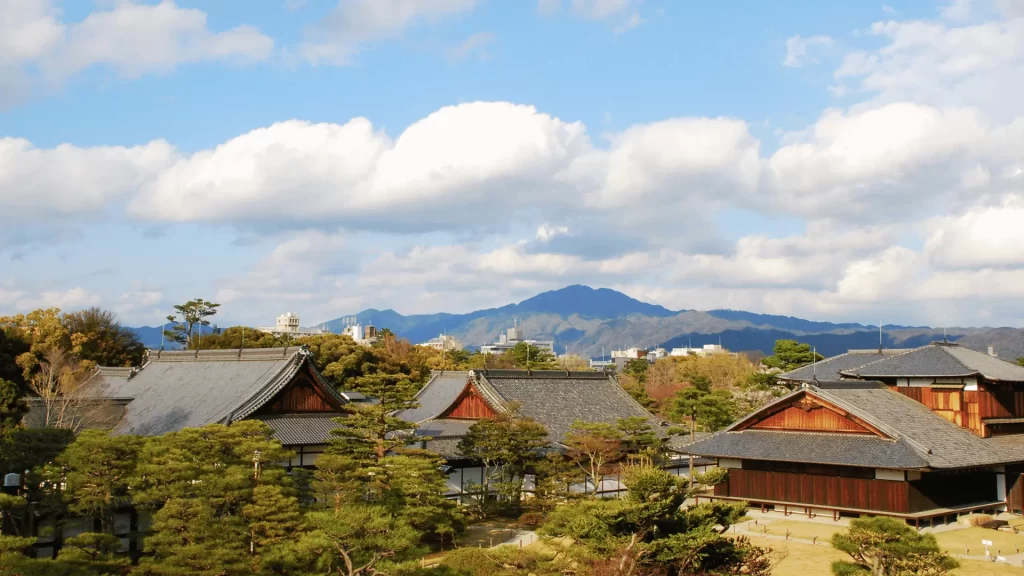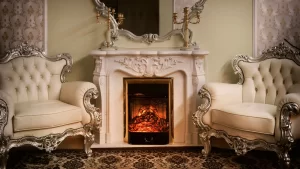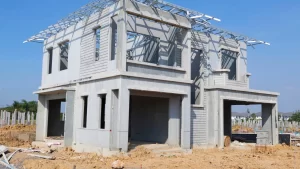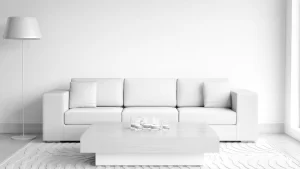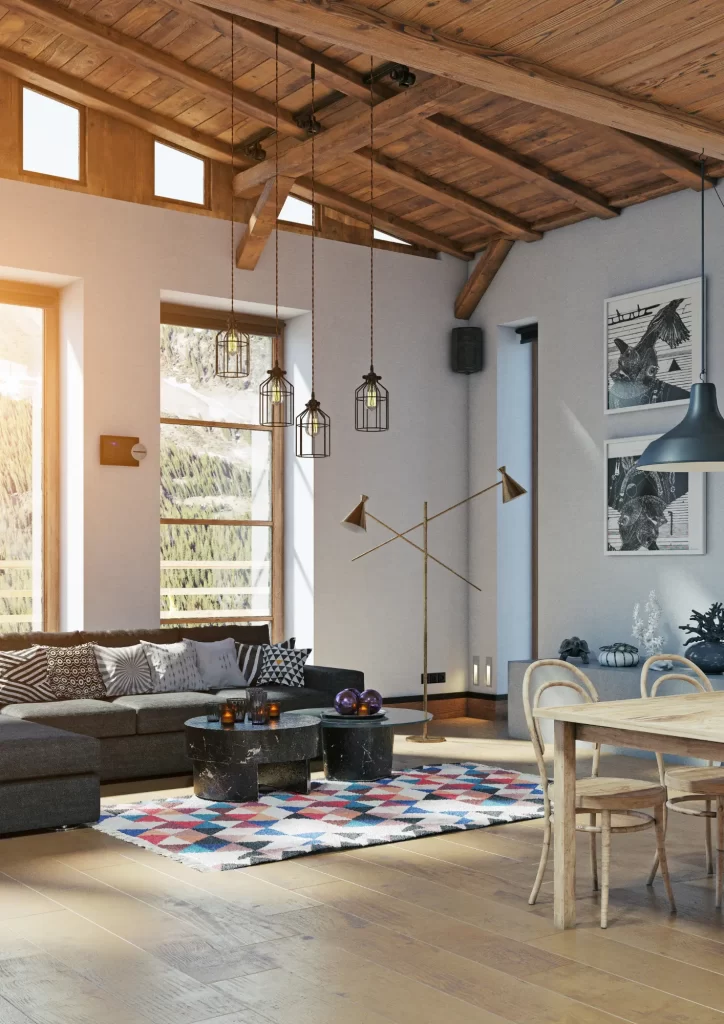Traditional Japanese houses are renowned for their sustainable features, which have been developed and refined over centuries. These houses use natural materials like wood, paper, and earth, and are designed to make efficient use of limited space while adapting to different weather conditions. They also create a strong connection to nature, incorporating elements like gardens, water features, and views of the surrounding landscape. These sustainable features have made Japanese houses a source of inspiration for modern sustainable design, offering a model for environmentally-friendly construction and living. In this post, we will explore the various ways in which traditional Japanese houses are sustainable and how they can inspire modern design.
Natural Materials
One of the most notable sustainable features of traditional Japanese houses is the use of natural materials. Wood, paper, and earth are the primary materials used in these houses, which are sourced from the surrounding environment and require minimal processing. These materials are not only renewable and biodegradable, but they also provide excellent insulation and breathability, creating a comfortable living environment.
The wood used in traditional Japanese houses is typically harvested from sustainably managed forests and is often left untreated, allowing its natural texture and color to shine through. The paper used in shoji screens and fusuma doors is made from mulberry bark and is translucent, allowing natural light to filter through while maintaining privacy. Earth, in the form of clay and plaster, is used for flooring and walls, creating a warm and natural atmosphere.
In addition to their sustainability benefits, the use of natural materials also contributes to the aesthetic beauty of traditional Japanese houses. The natural textures and colors of wood, paper, and earth create a sense of harmony with the surrounding environment and reflect the Japanese cultural appreciation for simplicity and natural beauty. By prioritizing the use of natural materials, Japanese houses offer a sustainable and visually appealing alternative to more industrialized building methods.
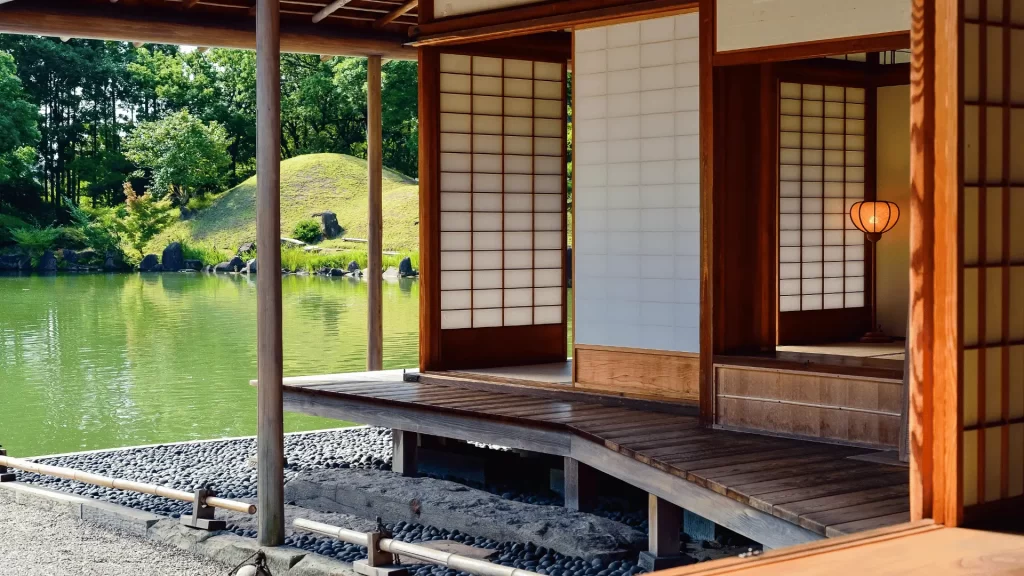
Efficient Use of Space
Efficient use of space is another key sustainable feature of traditional Japanese houses. Because of Japan’s limited land and resources, Japanese architects and designers have developed techniques to maximize the functionality of small living spaces.
One such technique is the use of sliding doors and walls, which allows for flexible room configurations and the ability to open up or close off different spaces as needed. Another is the use of multi-purpose rooms, such as tatami rooms, which can serve as both living areas and sleeping quarters. Furniture in traditional Japanese houses is also designed to be compact and easily stored away, freeing up floor space when not in use.
This efficient use of space not only reduces the environmental impact of building and heating larger homes, but it also encourages a simpler and more minimalistic lifestyle. By valuing the functionality of space over excess, traditional Japanese houses prioritize the essentials for comfortable living and encourage a more mindful and sustainable approach to consumption.
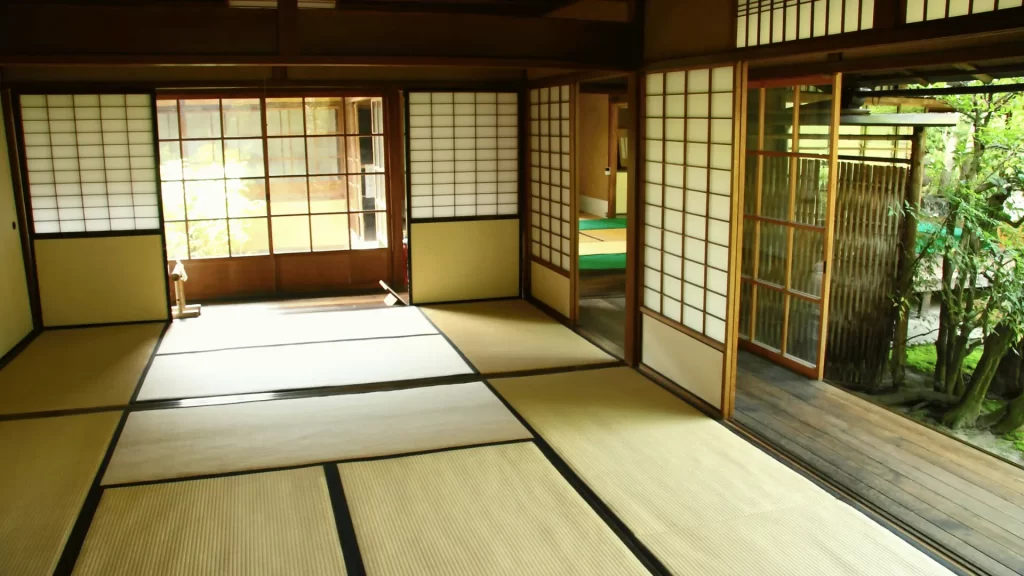
Climate Adaptation
Climate adaptation is another important sustainable feature of traditional Japanese houses. Japan’s climate ranges from humid subtropical to subarctic, so Japanese architects and designers have developed techniques to make homes adaptable to different weather conditions.
For example, in warmer months, traditional Japanese houses use adjustable ventilation systems to allow for cross-breezes and natural cooling. Windows and doors can be opened and closed to control the flow of air, and some houses use sunken floors to create a cooler living space. In colder months, houses are designed to retain heat, with thick walls and insulated roofs. The use of earth floors also contributes to heat retention, as they absorb warmth from the sun during the day and release it slowly at night.
These climate adaptation techniques not only reduce the environmental impact of heating and cooling homes, but they also create a comfortable living environment that is in tune with nature. By using natural cooling and heating methods, traditional Japanese houses prioritize a relationship with the environment rather than working against it.
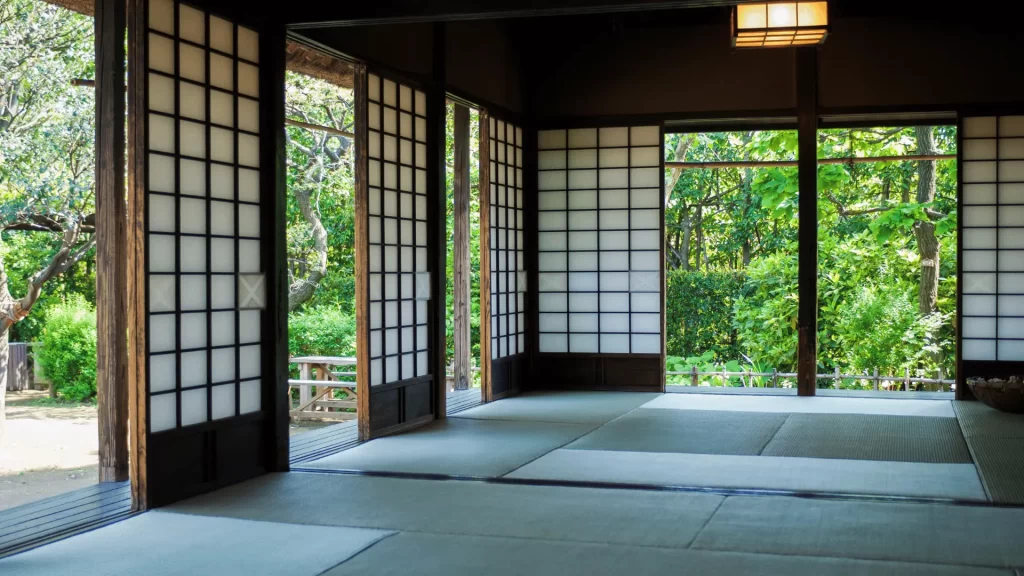
Connection to Nature
Traditional Japanese houses are also designed to create a strong connection to nature, both through the use of natural materials and by incorporating elements like gardens, water features, and views of the surrounding landscape. This connection to nature has both aesthetic and sustainability benefits.
Gardens are an important feature of traditional Japanese houses, and are often designed to be viewed from inside the home. Gardens may include a variety of plants and trees, including bonsai, and may also include water features such as ponds or streams. This allows residents to enjoy a natural environment from within the comfort of their home, while also creating a sense of calm and tranquility.
In addition to gardens, traditional Japanese houses often have large windows that provide views of the surrounding landscape, making the home feel integrated with the environment. The use of sliding doors and walls also allows residents to open up the home to the outdoors, blurring the line between indoor and outdoor living spaces.
This connection to nature not only provides visual and psychological benefits, but it also contributes to the sustainability of the home. By incorporating natural elements like plants and water features, traditional Japanese houses contribute to the local ecosystem and can also help with temperature regulation and air purification. By creating a sense of harmony between the built environment and the natural environment, Japanese houses offer a model for sustainable and mindful living.
Inspiration for Modern Design
The sustainable features of traditional Japanese houses offer inspiration for modern sustainable design. By prioritizing the use of natural materials, efficient use of space, climate adaptation, and a connection to nature, traditional Japanese houses demonstrate how sustainable design can be both aesthetically appealing and functional.
Modern sustainable design can take cues from traditional Japanese houses by incorporating natural materials like wood, bamboo, and other renewable resources. Efficient use of space can be achieved through multi-purpose rooms, adjustable ventilation systems, and compact furniture. Climate adaptation can be achieved through passive cooling and heating techniques, as well as by using renewable energy sources like solar power.
A connection to nature can be achieved through the incorporation of gardens, green walls, and large windows that provide views of the outdoors. By creating a sense of harmony with the surrounding environment, modern sustainable design can not only reduce its environmental impact but also create a more pleasant and healthy living environment for residents.
In conclusion, traditional Japanese houses offer valuable lessons for modern sustainable design. By drawing on the wisdom of traditional building techniques and incorporating modern innovations, designers can create sustainable and visually stunning homes that prioritize functionality, comfort, and harmony with the natural world.
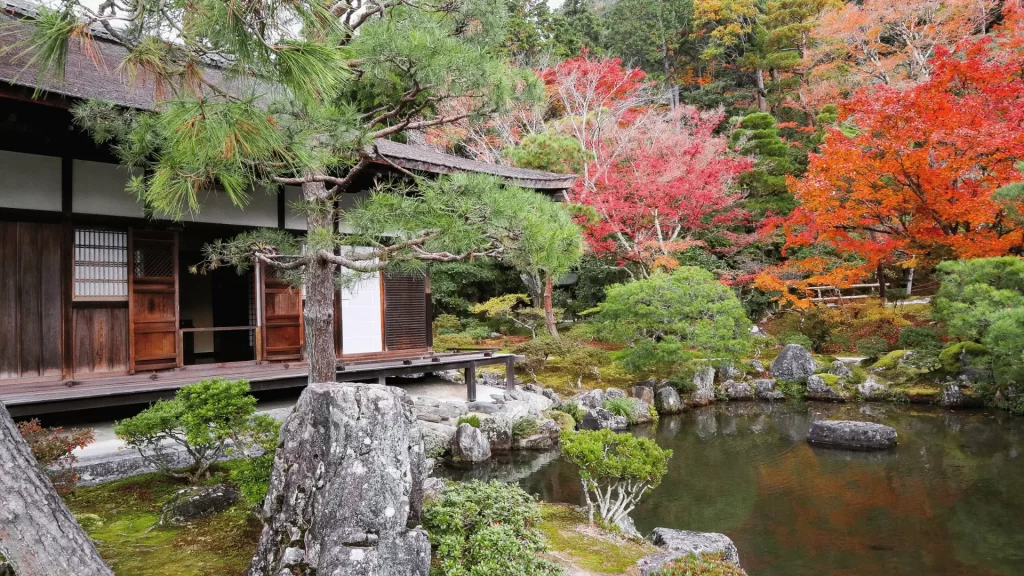
In conclusion, traditional Japanese houses provide an excellent model for sustainable and mindful living. They showcase the benefits of using natural materials, efficient use of space, climate adaptation, and a connection to nature, all of which can inspire modern sustainable design.
Through the use of these features, traditional Japanese houses have achieved not only an aesthetically beautiful living space but also one that prioritizes environmental sustainability, promotes a simpler and more minimalistic lifestyle, and fosters a sense of harmony with the natural world.
In a time when sustainability is more important than ever, it is crucial to draw inspiration from traditional building techniques like those found in traditional Japanese houses. By incorporating these techniques into modern sustainable design, we can create homes that are both functional and beautiful, while also minimizing their impact on the environment.
